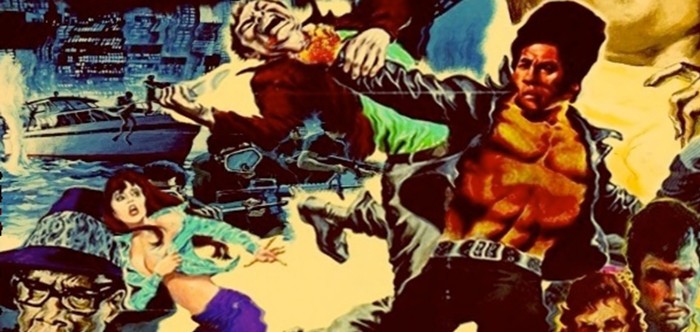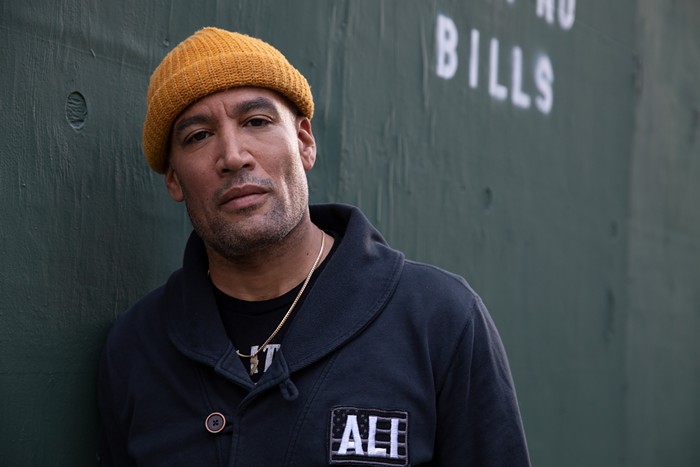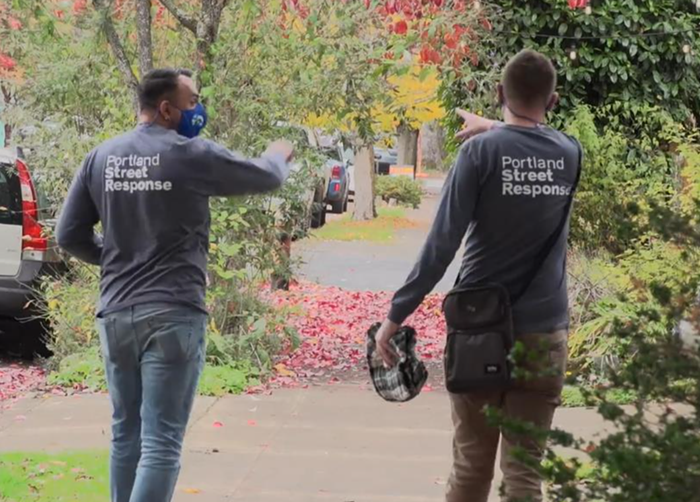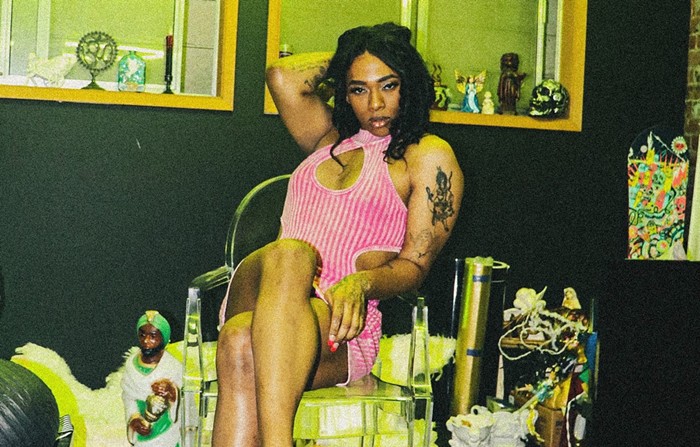Roger Waters has never been one to back down from a tough subject. As Pink Floyd’s primary lyricist and rock’s most notorious misanthrope, he’s written concept albums about insanity (1973’s Dark Side of the Moon), absence (1975’s Wish You Were Here), capitalist greed (1977’s Animals), alienation (1979’s The Wall), and war (1983’s The Final Cut). His bleak worldview often jarred with Floyd’s drug-friendly space-rock, but the friction helped make those albums some of the most successful and influential recordings ever made.
It also eventually splintered the band irreparably, and Waters has spent much of his post-Floyd solo career taking potshots at his former bandmates. The feud resolved itself when the group reformed at 2005’s Live 8 benefit concert, and in recent years Waters has seemed kinder and gentler than ever before—at times sounding like he’s downright happy to be here. In other words, Roger Waters hasn’t been acting very much like Roger Waters at all.
His new solo album, however, suggests that while the 73-year-old Waters has certainly mellowed, he still knows how to spit venom when he wants to. The title track, “Is This the Life We Really Want?,” starts with a short sample from a Donald Trump interview (with our nation’s president sounding as cretinous as ever) before Waters’ cracked voice whispers, “The goose has gotten fat/On caviar in fancy bars/And subprime loans/And broken homes.” The song goes on to condemn xenophobia, isolationism, global warming, and reality TV, but it’s mostly a critique of our tendency toward apathy and our failure to become outraged at the everyday injustices of the world.
“Picture That,” meanwhile, is a jumble of anger directed in every direction. “Picture a shithouse with no fucking drains/Picture a ruler with no fucking brains,” Waters sings, going off on, among other things, the war in Afghanistan and concertgoers taking cell phone videos, before reaching the final line: “There’s no such thing as being too greedy.” If the words are unfocused, the music is incisive and dark, one of the highlights of the album. It starts with a simple octave leap cribbed from the beginning of Pink Floyd’s “See Emily Play,” before going on to echo that band’s most aggressive track, “One of These Days”; singers Jess Wolfe and Holly Laessig (of Lucius) deliver “Brain Damage”-style backing vocals, and the musical backdrop is filled with shimmering synthesizers straight out of “Shine on You Crazy Diamond.”
The rest of Is This the Life We Really Want? is similarly filled with aural throwbacks to well-known Floyd tracks. Much of this is courtesy of the Easter-egg type sound effects that emerge out of Nigel Godrich’s elaborate production. (Godrich’s presence here—and his deference to Waters’ established sonic universe—proves just how much he and his Radiohead partners in crime plundered from those old Floyd albums.) There’s the factory whirr of “Welcome to the Machine” underpinning “Bird in a Gale,” while the howling dog from Animals turns up on “Smell the Roses”—a song that also borrows, lock and stock, the familiar groove from that same album’s “Pigs (Three Different Ones).” Elsewhere, The Final Cut’s seagulls dip in and out of the soundscape, and the album even begins with Dark Side of the Moon’s heartbeat and ticking clock.
Comparisons to Waters’ past work are unavoidable, and that’s surely deliberate. Because Waters has more to be angry about now than ever—his bugaboos of the past have not gone away, they’ve gotten bigger and eviler with time. Trump is perhaps the epitome of the greed and corruption that have always preoccupied Waters, and it astonishes how clearly some of his older themes resonate today. Watch the remarkable YouTube video of an October 1, 2016 performance of “Pigs (Three Different Ones)” filmed in Mexico City: It shows massive video screens filled with defaced images of Trump, and a giant inflatable pig drifting over the crowd, seeming to feast on the bodies beneath it. Although Waters originally penned the screed during the height of the indulgent, inward-gazing ’70s, with its context reframed for today, it remains shockingly vital.
Waters’ current tour pits new songs against Floyd’s imposing back catalog, finding the common strands between them and injecting new life into work that would otherwise be well past its shelve-by date. His last visit to Portland in 2012 was a complete, track-by-track performance of The Wall that used over-the-top arena-rock spectacle to create a powerful, emotive experience; that album’s original story, about a rock star disappearing into drugs and isolation, was reworked into a vigorous anti-war treatise shot through with a surprising amount of real-world humanity.
There’s every reason to think that this week’s show will be similarly cathartic. Waters, by all accounts a warmer, more well-adjusted person these days, has displayed the ability to turn the bitterness that imbued the music of his past into a positive force. Your high-school self may be stunned to learn it, but there’s a lot more in the grooves of those Pink Floyd records than some freaky jams to get stoned to.


















